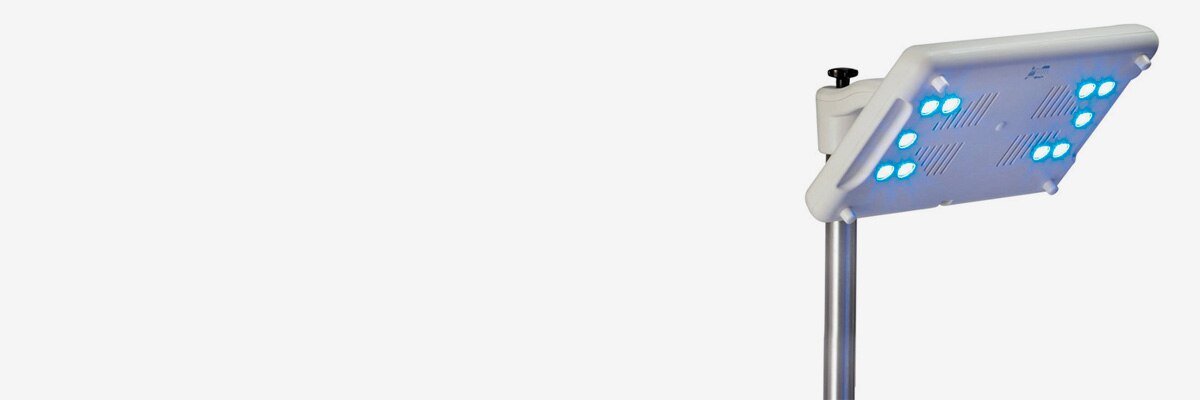
Jaundice in Newborns
Jaundice is a common condition in newborns. It occurs due to the accumulation of bilirubin—a yellow pigment—in the blood. Bilirubin is a byproduct of the breakdown of red blood cells. In most cases, jaundice is harmless and resolves on its own. However, severe jaundice can be concerning, especially if it affects the brain (a condition called kernicterus). Newborns with jaundice typically have yellowing of the skin and eyes. It’s essential to monitor their bilirubin levels and manage it appropriately.
Phototherapy
Phototherapy is a treatment used to manage neonatal jaundice. It involves exposing the baby’s skin to a specific type of light. The light used for phototherapy falls in the blue-green spectrum (wavelengths of 430-490 nm). It’s NOT ultraviolet light.
Here’s how phototherapy works
The light helps convert unconjugated bilirubin (the form that accumulates in jaundice) into water-soluble isomers. These water-soluble forms can then be excreted by the usual pathways (such as through urine and stool). Phototherapy is safe for newborns and is commonly used to treat jaundice. It can be administered both in the hospital and at home.
Watch a video
FAQs on Phototherapy
Adults exposed to blue light for extended periods can experience retinal damage. Although retinal damage from phototherapy hasn’t been reported in newborns, covering their eyes is standard practice as a precaution.
Rarely, a complication known as “bronze baby syndrome” occurs in some infants with cholestatic jaundice during phototherapy. These infants develop a dark, gray-brown discoloration of their skin, urine, and serum. The exact cause isn’t fully understood, but it may involve the accumulation of porphyrins and other metabolites.
There are no strict guidelines for when to discontinue phototherapy. Factors like evidence of hemolysis (breakdown of red blood cells) and the infant’s age influence the duration. The American Academy of Pediatrics (AAP) suggests that an infant readmitted for hyperbilirubinemia (bilirubin level ≥18 mg/dL) should have a level of 13-14 mg/dL before discontinuing phototherapy. Some babies need phototherapy for as little as 24 hours, while others may require it for 5 to 7 days.
Remember, phototherapy is like giving your little one a gentle sunbath—minus the sunscreen!


 Dr. Kant Shah
Dr. Kant Shah
